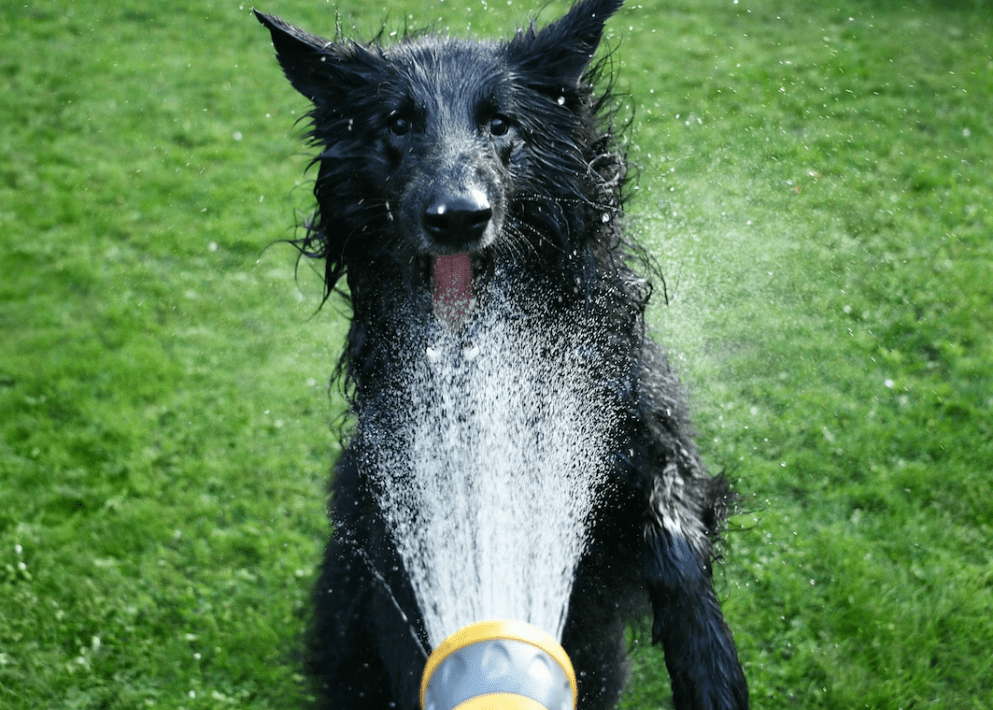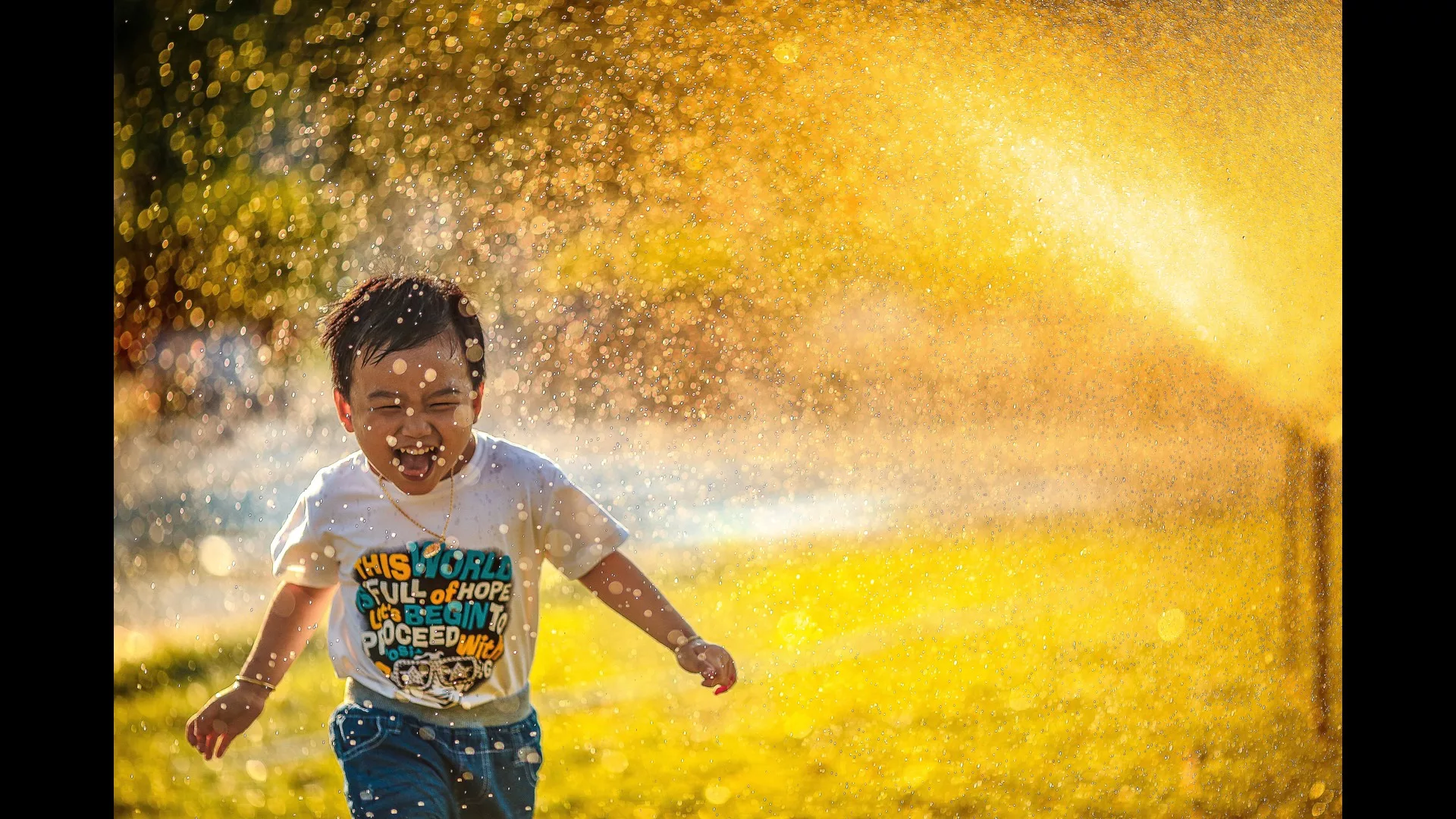I think we can agree that we are getting into the “meat” of summer. The “Dog Days of Summer”. Before I go any further, have you ever wondered where that term comes from?
Well you can thank the Greeks and Romans

_________
The term “dog days of summer” comes from the ancient Greeks and Romans, who believed that the hottest days of the summer coincided with the appearance of the star Sirius in the sky. Sirius is the brightest star in the constellation Canis Major, which is also known as the “Greater Dog.” The ancients believed that the heat from Sirius combined with the heat from the sun to create the dog days, which were a time of extreme heat, drought, and illness.
The Romans called this period of time “dies caniculares,” which means “days of the dog star.” This term was eventually translated into English as “dog days.” The dog days of summer typically last from July 3 to August 11.
In modern times, we know that the heat from Sirius does not actually have any effect on the weather on Earth. However, the term “dog days of summer” has persisted, and it is still used to refer to the hottest days of the summer.
Here are some other interesting facts about the dog days of summer:
- The dog days are named after Sirius, which is also known as the “Dog Star.”
- The dog days are typically the hottest days of the summer in the Northern Hemisphere.
- The dog days last from July 3 to August 11.
- The ancient Greeks and Romans believed that the dog days were a time of extreme heat, drought, and illness.
- The term “dog days of summer” is still used today to refer to the hottest days of the summer.
Back to today. Temps near 100. The heat index of 110 degrees. Safe to say these are dangerous temps if you are working out doors. So, here are some safety tips and best practices to help keep you cool and safe during weather like this:
1. Stay hydrated: Drink plenty of water throughout the day, even if you don’t feel thirsty. Avoid excessive consumption of alcohol, caffeine, and sugary drinks as they can dehydrate your body.
2. Stay indoors: If possible, stay in an air-conditioned environment during the hottest parts of the day. If you don’t have air conditioning, consider visiting public places like shopping malls, libraries, or community centers that offer cool spaces.
3. Dress appropriately: Wear loose-fitting, lightweight, and light-colored clothing to help your body stay cool. Use a wide-brimmed hat and sunglasses to protect yourself from the sun’s rays.
4. Limit outdoor activities: If you need to be outside, try to schedule your activities during the cooler hours of the day, such as early morning or late evening. Take frequent breaks in shaded areas and avoid strenuous activities that can overexert your body.
5. Use sunscreen: Apply a broad-spectrum sunscreen with a high SPF to protect your skin from harmful UV rays. Reapply it every two hours, especially if you’re sweating or swimming.
6. Keep your home cool: Close curtains, blinds, or shades during the day to block out the sun’s heat. Use fans or air conditioners to circulate cool air inside your home. If possible, use portable or ceiling fans to create a breeze.
7. Check on vulnerable individuals: Keep an eye on elderly people, young children, and those with chronic illnesses as they are more susceptible to heat-related illnesses. Ensure they have access to a cool environment and are staying hydrated.
8. Never leave children or pets in a parked car: Temperatures inside a car can rise rapidly, even with the windows cracked open. Leaving children or pets unattended in a hot car can be life-threatening.
9. Stay informed: Pay attention to weather forecasts and heat advisories in your area. Stay updated on any heat-related warnings or emergency instructions issued by local authorities.
10. Look out for signs of heat-related illnesses: Be aware of the symptoms of heat exhaustion (heavy sweating, weakness, dizziness, nausea) and heatstroke (high body temperature, confusion, loss of consciousness). If you or someone else experiences these symptoms, seek medical help immediately.
Remember, staying safe during a heatwave requires taking proactive measures to protect yourself and others.







